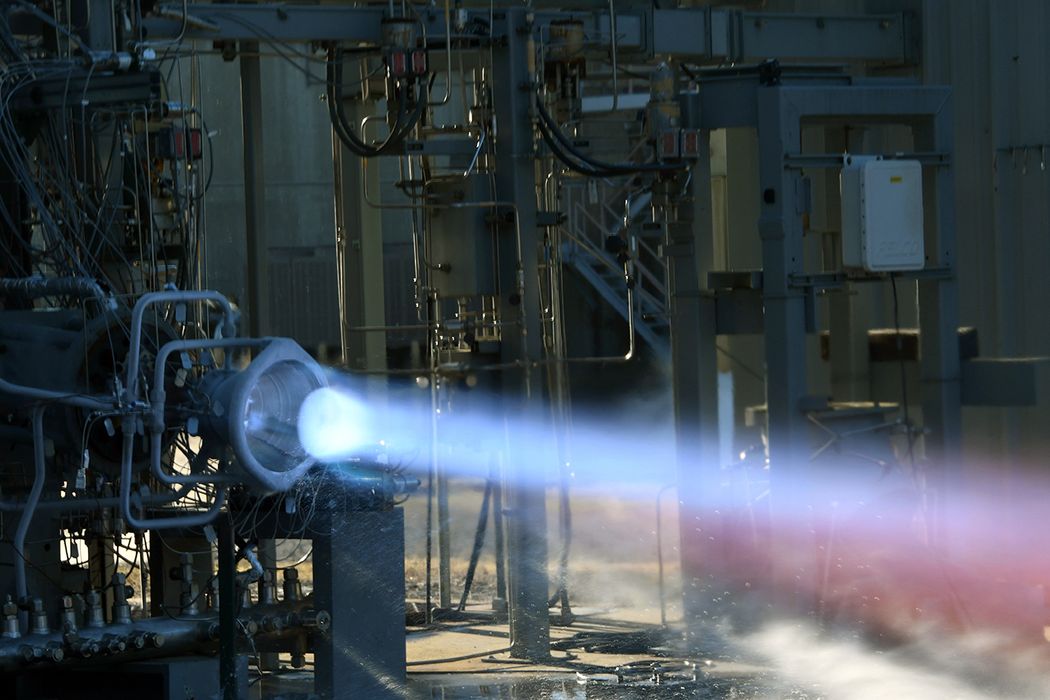
NASA announced the creation of a new research institute dedicated to advanced manufacturing.
There were two new “Space Technology Research Institutes” announced, with one focused on climate change via quantum sensing technology, but the other is all about advanced manufacturing.
NASA explained:
“One of the research institutes will focus on quantum sensing technology in support of climate research. The other will work to improve understanding and help enable rapid certification of metal parts created using advanced manufacturing techniques.”
Evidently the space agency is specifically interested in finding ways to encourage more use of metal 3D printing. NASA Associate Administrator Jim Reuter explained:
“We’re thrilled to draw on the expertise of these multi-university teams to create technology for some of our most pressing needs. Their work will enable next-generation science for studying our home planet and broaden the use of 3D-printed metal parts for spaceflight with state-of-the-art modeling.”
The new “Institute for Model-Based Qualification & Certification of Additive Manufacturing”, or “IMQCAM”, will be led by researchers based at Carnegie Mellon University. The focus of their work will be to identify new models of metal parts for use in spaceflight applications. IMQCAM will receive US$3M per year for a five year duration.
There are plenty of uses for 3D printed metal parts in the spaceflight industry, but, as NASA explained, it’s critical to enable proper qualification of these parts before use. The conditions encountered during spaceflight are considerably more challenging than those on Earth-based applications, making it necessary to identify new qualification approaches.
A major part of IMQCAM’s strategy will be to develop digital twins of parts that can be used to better understand the potential and limitations of additively produced metal parts.
Principal Investigator Tony Rollet explained the driver behind the initiative:
“The internal structure of this type of part is much different than what’s produced by any other method. The institute will focus on creating the models NASA and others in industry would need to use these parts on a daily basis.”
There are multiple implications of this work.
First, there will be better parts created for spaceflight applications, as that’s the intention of the project. But more importantly, the qualification system will enable more suppliers to more easily get into the game and use their innovative skills to create even more radical parts for use in space.
Secondly, there’s the spin-off factor. Historically NASA research has had a tremendous impact on society as their innovations begin use in commercial settings. It’s quite likely the same will be true of the digital twin concept for qualification.
Today in additive manufacturing there are a variety of approaches used for part qualification, but if NASA were to develop and release a proven approach, I have a strong suspicion that industry would quickly adopt it.
This would suggest a coming increase in use of metal 3D printing as part qualification could become easier.
Thanks, NASA!
Via NASA
